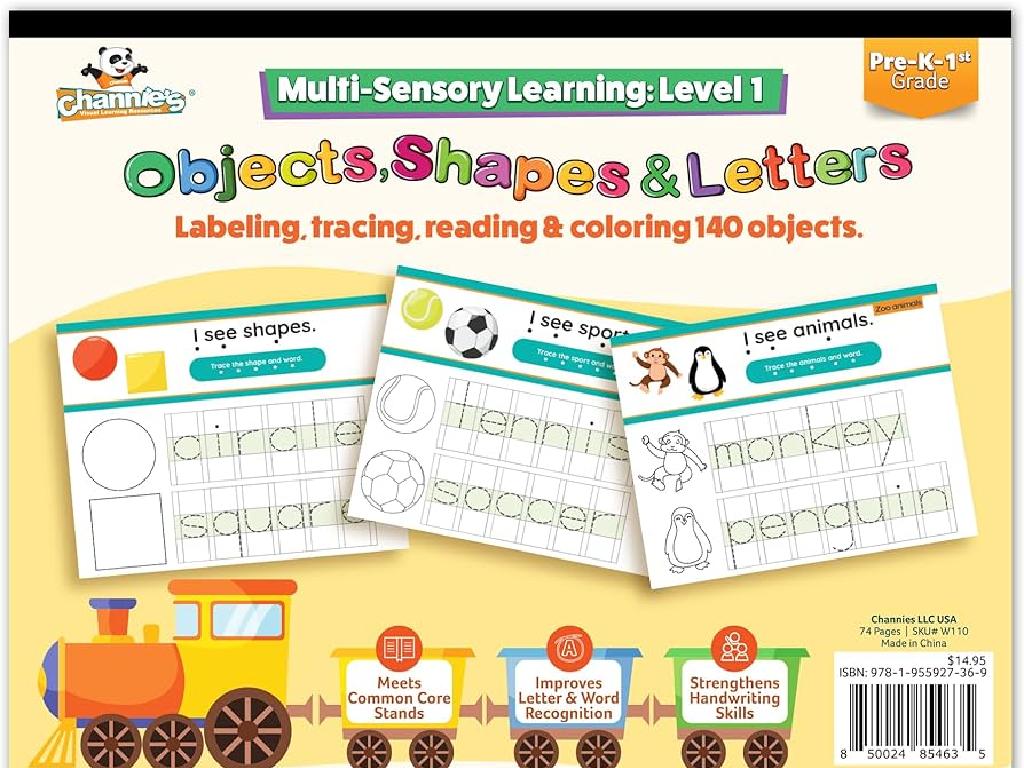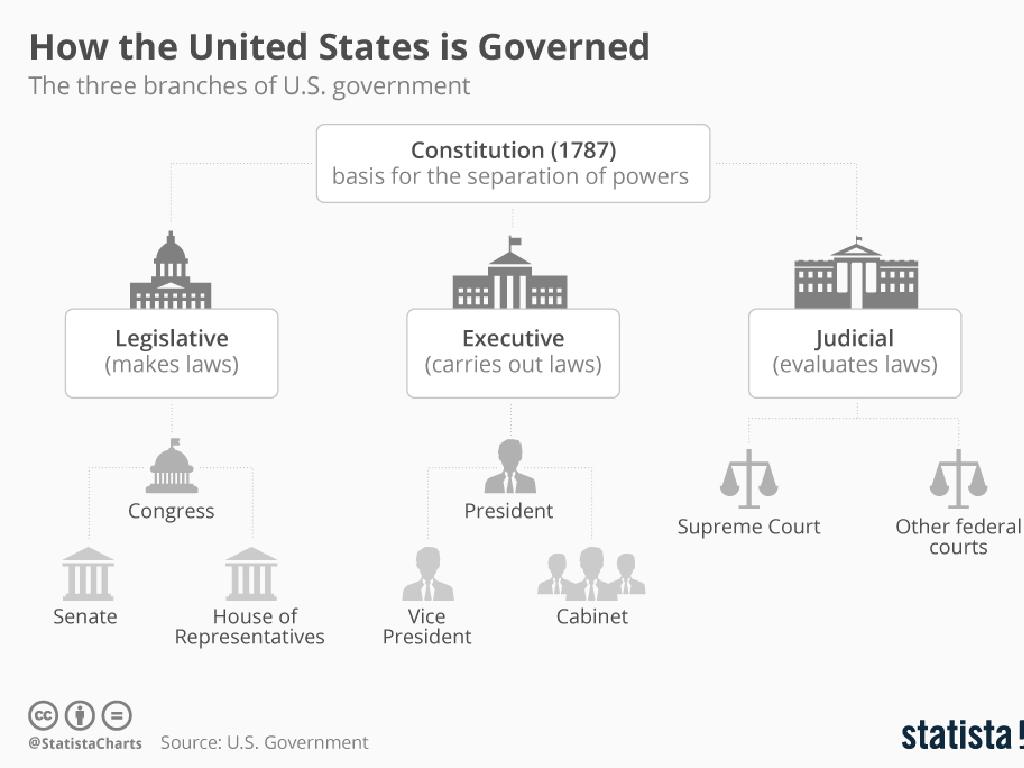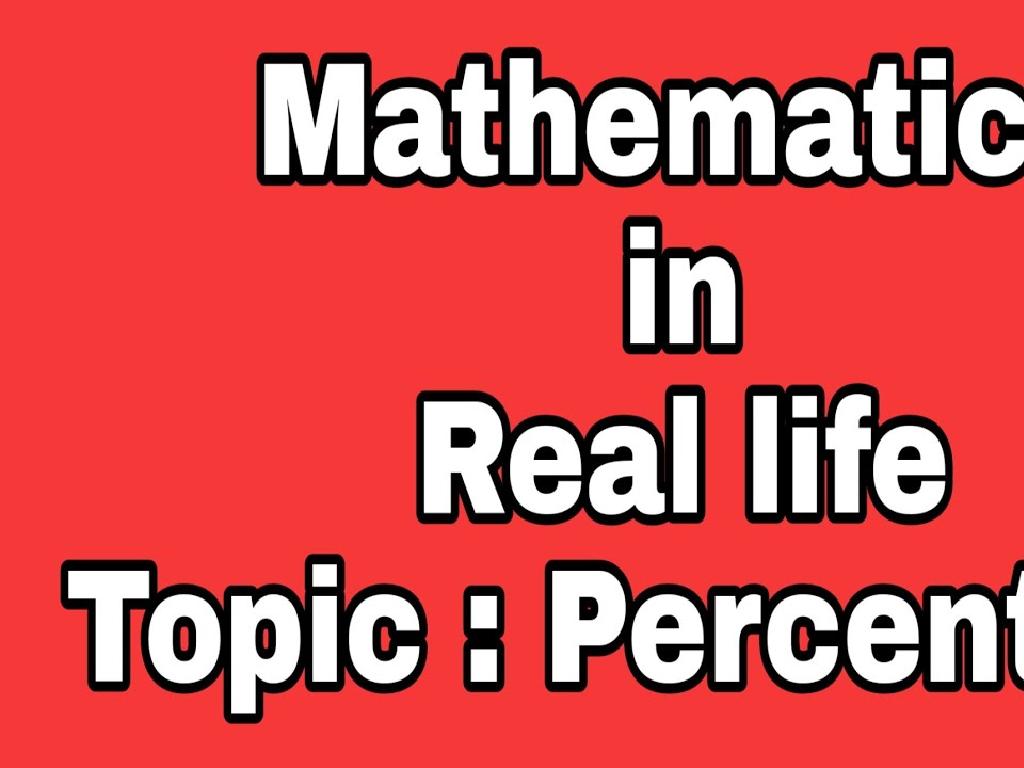Match Antonyms To Pictures
Subject: Language arts
Grade: Pre-k
Topic: Antonyms
Please LOG IN to download the presentation. Access is available to registered users only.
View More Content
Welcome to Antonyms!
– Greet the day with ‘Good morning!’
– Today’s focus: Learning opposites
– Like ‘big’ is opposite of ‘small’
– Opposites are called antonyms
– Antonyms help us describe things better
– Antonyms are opposite words
– For example, ‘hot’ is the antonym of ‘cold’
|
This slide is designed to introduce Pre-k students to the concept of antonyms in a simple and engaging way. Start the class with a cheerful greeting to set a positive tone. Explain that antonyms are words that have opposite meanings, which helps us describe things in different ways. Use tangible examples like ‘big’ and ‘small’ or ‘hot’ and ‘cold’ to illustrate the concept. Visual aids or props can be very effective at this age. Encourage the children to think of other opposites and praise their efforts to build confidence. The goal is to make them aware of the concept of antonyms through recognition and repetition.
Exploring Antonyms with Pictures
– Antonyms are opposite words
– Like ‘stop’ and ‘go’, or ‘up’ and ‘down’
– ‘Big’ vs ‘Small’
– ‘Happy’ vs ‘Sad’
– Think of more opposites
– Use pictures to find opposites
|
This slide introduces the concept of antonyms to Pre-k students. Start by explaining that antonyms are words with opposite meanings. Use simple and relatable examples like ‘big’ and ‘small’, ‘happy’ and ‘sad’ to illustrate the point. Show pictures that represent these words to help students visually connect with the concept. Encourage the children to think of other opposites and use pictures or props to make it interactive. For example, show a picture of a full cup and an empty cup, or a thick book and a thin sheet of paper. This will help them understand and remember antonyms in a fun and engaging way.
Matching Game: Finding Opposites
– Understand antonyms through play
– I show a picture, you say the opposite
– If I show ‘day’, you might say ‘night’
– Use cards to match words and pictures
– Each card has one word and one picture
– Learn and have fun with opposites
– Discovering opposites can be exciting
|
This slide introduces a matching game designed to help Pre-k students understand the concept of antonyms by associating words with their opposite pictures. The activity is interactive and visual, making it suitable for young learners. Teachers should prepare cards with pictures on one side and words on the other. During the activity, show a picture to the class and prompt them to say the antonym out loud. Then, have the students use the cards to find and match the word with its corresponding opposite picture. This game not only reinforces the concept of antonyms but also aids in vocabulary development and critical thinking. Make sure to provide guidance and encouragement throughout the activity, and celebrate correct matches to foster a positive learning environment.
Matching Antonyms with Pictures
– ‘Hot’ sun vs. ‘Cold’ snowman
– The sun is very warm, but the snowman is chilly!
– ‘Full’ bowl vs. ‘Empty’ bowl
– A bowl full of apples compared to one with nothing in it.
– Understanding ‘Opposites’
– Fun with picture antonyms
– Find more pairs of opposites in pictures around you!
|
This slide is designed to introduce Pre-k students to the concept of antonyms through visual examples. By associating the words ‘hot’ and ‘cold’ with familiar images like the sun and a snowman, children can grasp the idea of opposites. Similarly, showing a ‘full’ bowl of apples next to an ’empty’ bowl helps them understand that antonyms are words with contrasting meanings. Encourage the students to think of other examples of opposites and find pictures that represent them. This activity will enhance their vocabulary and comprehension of antonyms in a fun, engaging way. During the next class, have a discussion about the pictures they found and the antonyms they represent.
Let’s Practice Antonyms with Pictures!
– I’ll show you a picture
– Guess the opposite word
– Example: ‘Dark’ night picture
– If night is dark, what’s like daytime?
– Opposite is ‘Light’ for day
– ‘Light’ is the opposite of ‘Dark’
|
This slide is for a class activity to help Pre-k students understand the concept of antonyms through visual aids. Show a picture that represents a word, and then ask the students to guess the opposite of that word. For example, display a picture of a dark night and ask the students what the opposite of ‘dark’ is. When a student answers ‘light’, affirm their answer and show a picture of a sunny day to reinforce the concept. This interactive method helps students make connections between words and their meanings through images. Prepare several pairs of antonyms with corresponding pictures to ensure a dynamic and engaging activity. Encourage participation from all students and provide positive feedback to boost their confidence.
Antonym Story Time
– Listen to a story with antonyms
– Clap when you hear an antonym
– Helps to recognize and learn antonyms
– Remembering opposites through fun
– Get ready to share antonyms after
– Think of antonyms from the story
|
This slide introduces an interactive story time activity designed for Pre-k students to help them understand and remember antonyms by associating them with actions. As the story is read aloud, students will listen for pairs of opposite words (antonyms) and clap their hands each time they recognize them. This kinesthetic approach reinforces learning by involving physical movement. After the story, encourage the children to share the antonyms they found. This activity not only makes learning antonyms enjoyable but also enhances their listening and comprehension skills. Prepare a simple story with clearly illustrated antonyms to ensure the students can easily participate.
Class Activity: Antonym Hunt
– Let’s hunt for opposites in our room
– Find an object and think of its opposite
– Example: ‘Soft’ teddy bear opposite?
– If teddy is ‘soft’, opposite might be ‘hard’
– Share your antonyms with the class
|
This activity is designed to help Pre-k students understand the concept of antonyms through a fun and interactive ‘Antonym Hunt’. Teachers should facilitate the activity by guiding the students around the classroom to find objects and then encouraging them to think of the opposite of each object’s attribute. For instance, if a student picks a ‘soft’ teddy bear, ask them to find something that feels ‘hard’. After finding the opposites, each student will share their findings with the class. This will not only help them grasp the concept of antonyms but also enhance their vocabulary. Possible variations of the activity could include finding opposites for ‘big’ and ‘small’, ’empty’ and ‘full’, ‘light’ and ‘heavy’, ensuring that the objects are safe and appropriate for the age group.
Review and Goodbye!
– Recap today’s antonyms
– Matching opposites
– Find the opposite of ‘hot’ in a picture of an ice cream.
– Enhances word understanding
– Knowing antonyms helps us with more words.
– Great work, see you soon!
|
As we conclude today’s lesson on antonyms, take a moment to review the pairs of opposites we’ve learned. Reinforce the concept that understanding antonyms is a key part of language development, as it helps children differentiate between contrasting meanings. Encourage the children by acknowledging their efforts in learning and participating in the matching activities. End the class on a positive note, expressing excitement for the next lesson. Prepare a simple review game for the next class to refresh their memory on today’s content.






